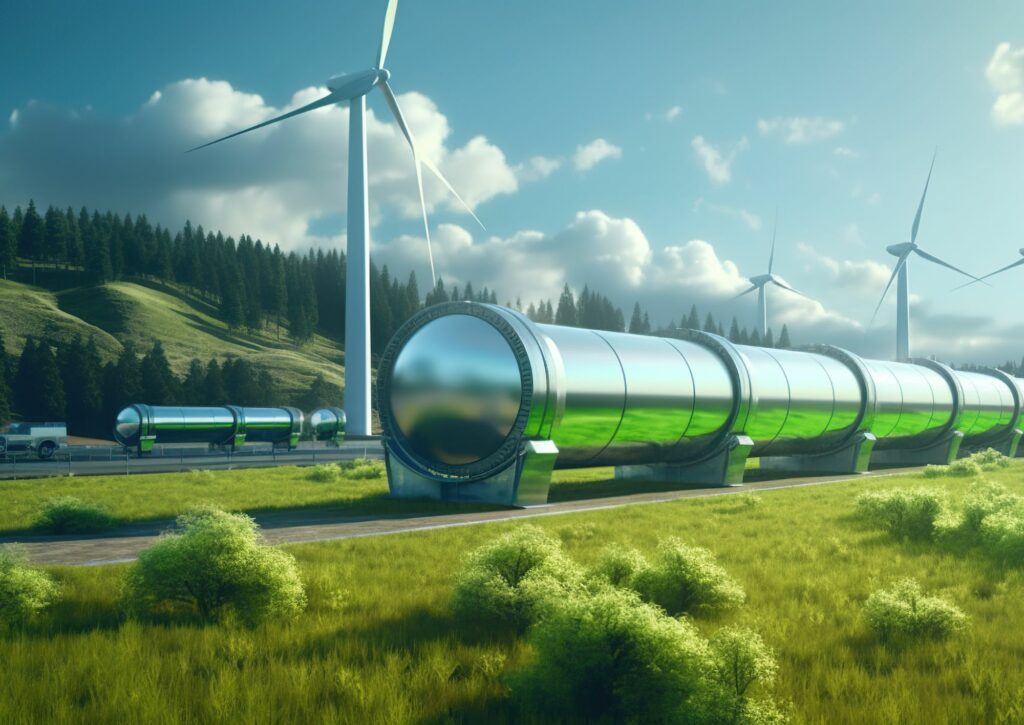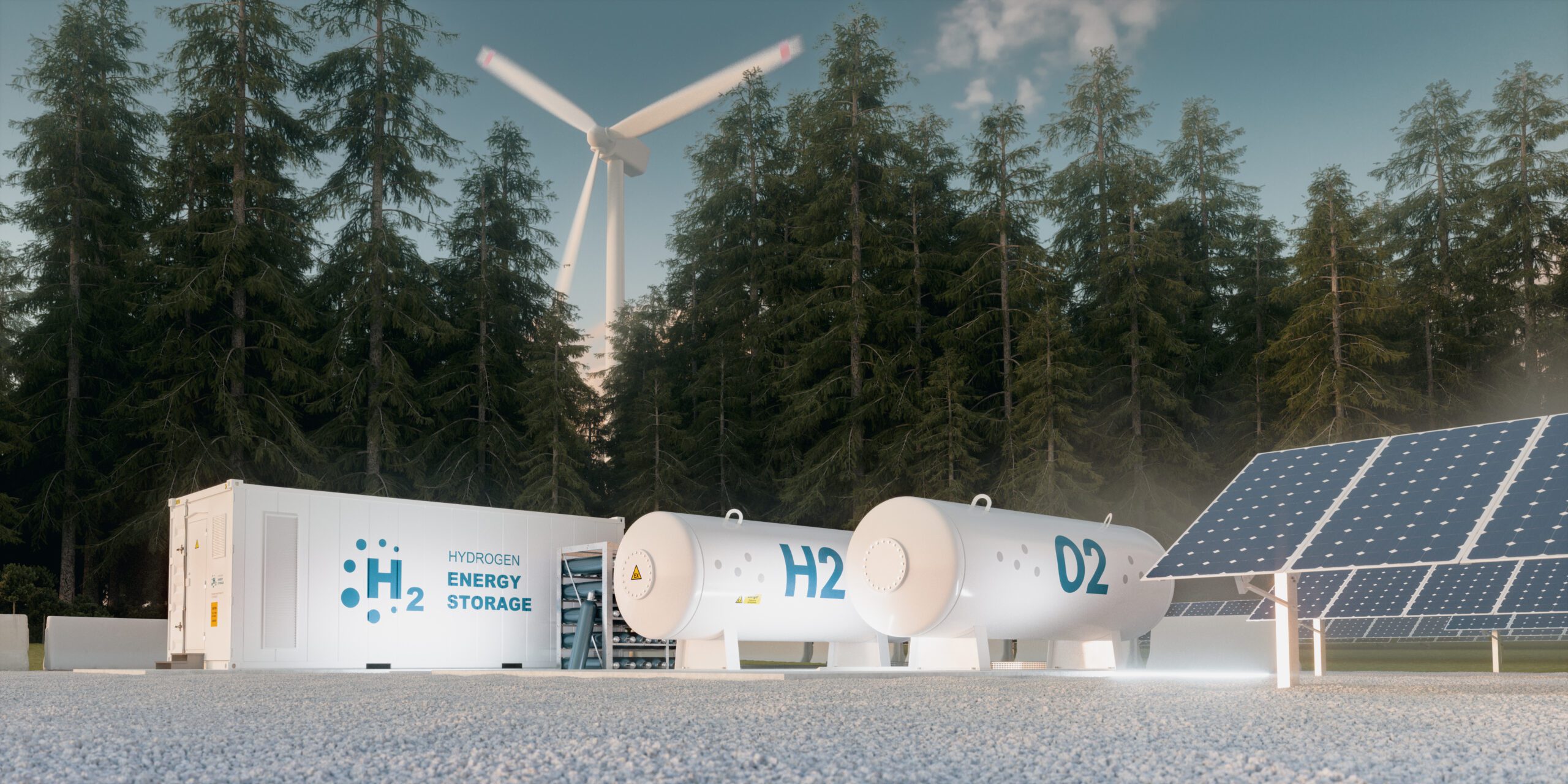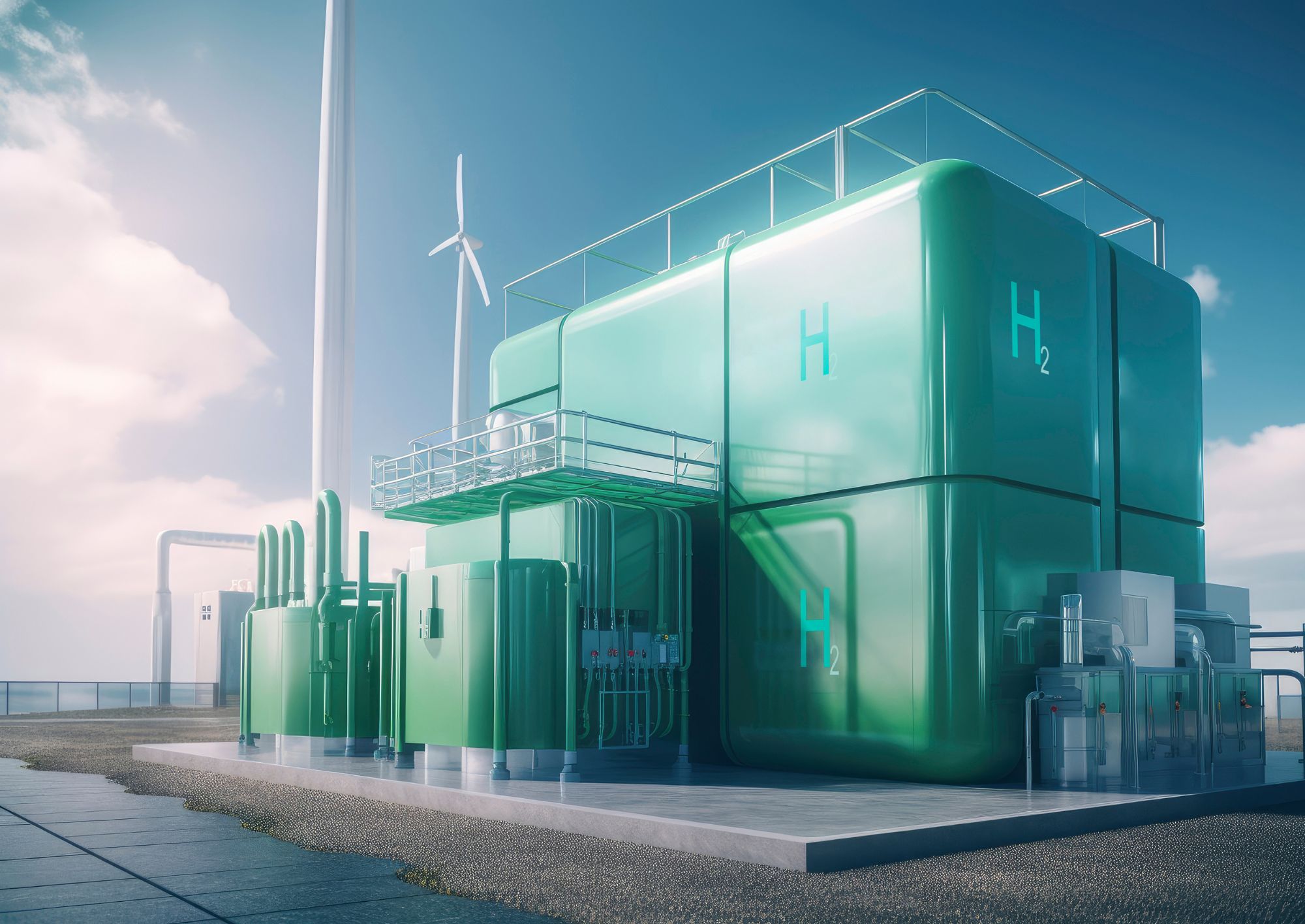Energy is the basis for the functioning of modern civilization. Electricity powers almost all household appliances, while fossil fuels allow us to travel long distances or run huge technological processes. However, the use of such energy has a huge impact on the environment. How to prevent this? One of the greatest hopes for green energy is the production of hydrogen, a promising energy carrier in the world.
Is hydrogen energy so important?
What is hydrogen energy? Hydrogen can be an excellent fuel for vehicles and technological processes. However, it is not mined anywhere and its resources are theoretically infinite. Why? Because hydrogen is an energy carrier. It can be produced in power plants and then used anywhere. But is it so important?
Electricity can be obtained in environmentally friendly ways: photovoltaics, wind farms or hydroelectric power plants. However, the problem is storing the electricity obtained in this way. Most of the methods used today are very expensive and ineffective. Hydrogen could completely change this state of affairs. The excess production from solar power plants would be used for electrolysis of water, and the hydrogen obtained in this way could serve as fuel for vehicles. In this way, green power plants, whose efficiency depends on the time of day or weather, would be fully used, and the electricity stored in hydrogen would be consumed, for example, at night when the photovoltaic panels are not working.


History of hydrogen use
Contrary to appearances, hydrogen as a fuel has been used since the great industrial revolution, i.e. the creation of the first steam engines. Already in 1807, Francois Isaac de Rivaz built the first working hydrogen engine. Over time, nevertheless, the petrol and diesel engines became more popular. However, the development of hydrogen engines continued and they were used in various machines. Research on this element and, above all, on methods of its production are ongoing. Current hydrogen technologies that are used on a large scale are:
- Steam reforming. The method uses natural gas (methane), which reacts with hot steam to produce hydrogen. The byproduct is a large amount of carbon dioxide, which is why the fuel is called gray hydrogen.
- Using CCS, i.e. a CO2 recovery system, can reduce the production of this gas by up to 95%. However, the fuel still requires the use of methane, which is why it is called blue (transitional) hydrogen.
- Water electrolysis, based on renewable electricity sources, is currently the most future-proof method of obtaining green, environmentally friendly hydrogen. However, the efficiency and costs of this process still require further improvement.
- A new idea is to use 4th generation nuclear energy to produce hydrogen through high-temperature electrolysis of water vapor.
The “color” of hydrogen depends primarily on the energy source used in its production. Brown hydrogen, produced as a result of coal gasification, can also be mentioned. Nevertheless, ultimately, the most important for modern economies will be environmentally friendly hydrogen, and therefore green in color.
Dynamic development of the fuel of the future
The European Union is moving away from non-renewable fuels. Their place is to be replaced by electricity from photovoltaic or wind farms. However, this technology is dependent on many external factors. Therefore, it is necessary to develop an effective, cheap and efficient energy carrier. Central Hydrogen Cluster brings together all entities working on this issue. Thanks to this, hydrogen energy can soon replace petroleum-based fuels and increase the efficiency of green solar and wind power plants.

Discover the future of sustainable energy production now!
Find out more about the potential of hydrogen energy and its impact on our planet. Go to our knowledge base and start your journey towards an ecological tomorrow!

